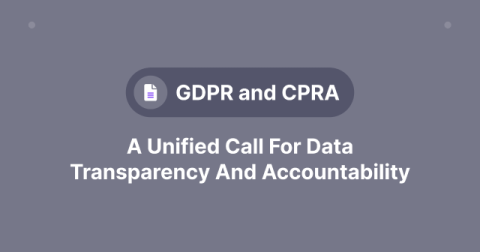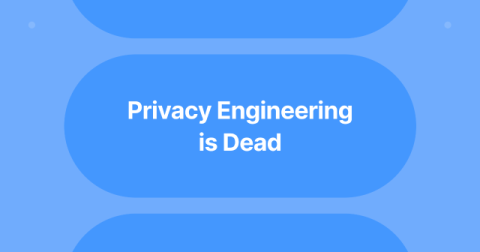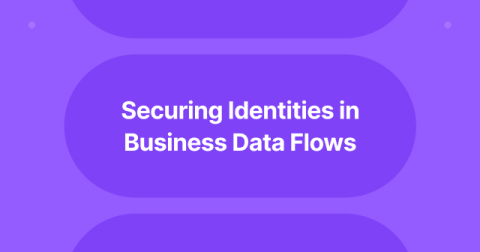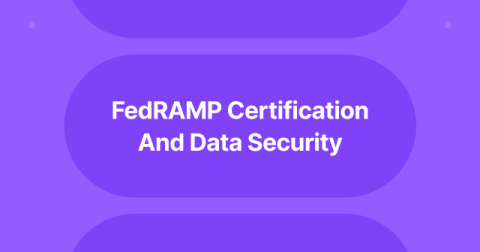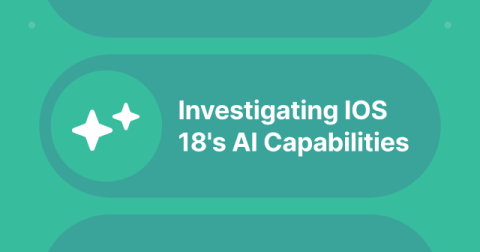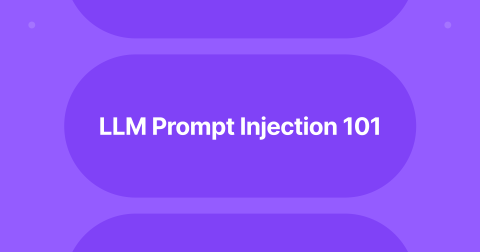GDPR and CPRA: A Unified Call for Data Transparency and Accountability
The General Data Protection Regulation (GDPR) of the European Union and the California Privacy Rights Act (CPRA) represent landmark regulations designed to protect consumer data privacy. While GDPR became enforceable in May 2018, CPRA came into effect in January 2023, building on its predecessor, the California Consumer Privacy Act (CCPA). Both laws aim to empower individuals with greater control over their personal data while imposing rigorous obligations on businesses.


